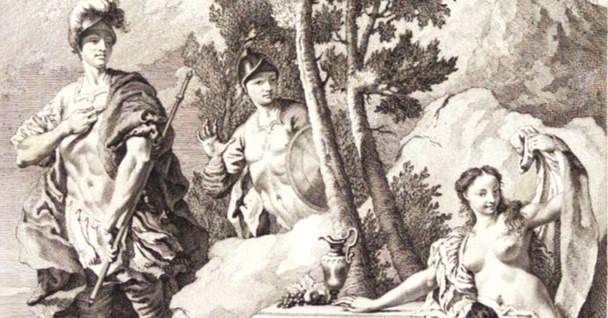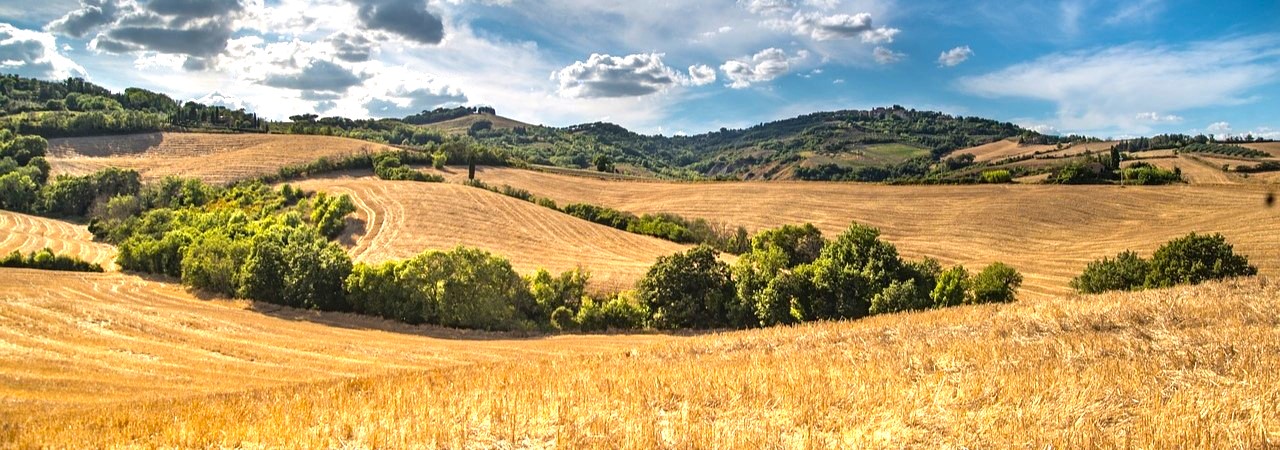Original Title:
Torquato Tasso is one of the most brilliant and controversial Italian writers . He began writing Gerusalemme Liberata when he was only fifteen, in 1559, was locked up in a hospital, went wandering between Rome and Naples, and died at fifty-one.
He completed the draft in 1575, at the age of thirty-one. His work was an immediate success, so much so that it was printed abroad. The Queen of England, Elizabeth I Tudor, regretted not having an author like Tasso at her disposal,[18] and translations were not long in coming either: the Jerusalem soon had several versions in Latin and the major European languages. Composer Jean-Baptiste Lully set Armida to music, to a libretto by Quinault.
Editions of Gerusalemme Liberata.
In recent days a rare edition of Gerusalemme Liberata, dated 1745, was shown in San Gemini (Terni). The meeting - organized by the Tacconi Group - inaugurated a project involving a series of collaborations with Italian institutions, museums, and collectors who preserve works or paintings of the work written by Torquato Tasso. Also under review is a collaboration with the Angelo Mai Library in Bergamo, which is the largest center of Tasso studies.
The goal is to create interest around the dissemination of the various editions of Gerusalemme Liberata, promoting a cultural and artistic exchange: in fact, it is not certain that everyone knows the other books in Italy or abroad. At Palazzo Santacroce - in San Gemini - illustrated editions by Bernardo Castello (16th century) and Giacomo Valeggio (17th century) are also on display.
Professor Maria Celeste Cola - professor of art history at La Sapienza University in Rome - pointed out that the "book heritage is spread from north to south in Italy. San Gemini therefore becomes an emblem of this dissemination." In fact, in Palazzo Santacroce itself, there are cycles of frescoes dated around the mid-18th century, and depicting scenes from Gerusalemme Liberata. The painter was Onorato Miserola: the theme was dear to the family of chivalric tradition, which financed numerous crusades against the Turks. The large panels are all surrounded by decorative scores, executed with a "dry" technique, thus on already dry plaster.
The story of Gerusalemme Liberata
Gerusalemme Liberata was written by Tasso during a Venetian
sojourn, and completed in 1575. Tasso was more admitted to the hospital of
Sant'Anna, and the work published in 1580 without permission, under the title
Goffredo, and with only 25 cantos. The first illustrated edition contained
drawings by Bernardo Castello approved by Tasso himself. It was a huge success
not only from a literary point of view, but also figuratively. In 1624
Monteverdi composed the madrigal "Il combattimento di Tancredi e
Florinda." The same painter Domenichino depicted the moment of the
dialogue between "Erminia among the shepherds." Annibale Carracci in
1601 decorated "Rinaldo and Armida" in Palazzo Farnese. Giambattista
Tiepolo painted scenes from Gerusalemme Liberata, featured in Venetian villas.
Register or Log in to Dailybloid.com to rate this card











